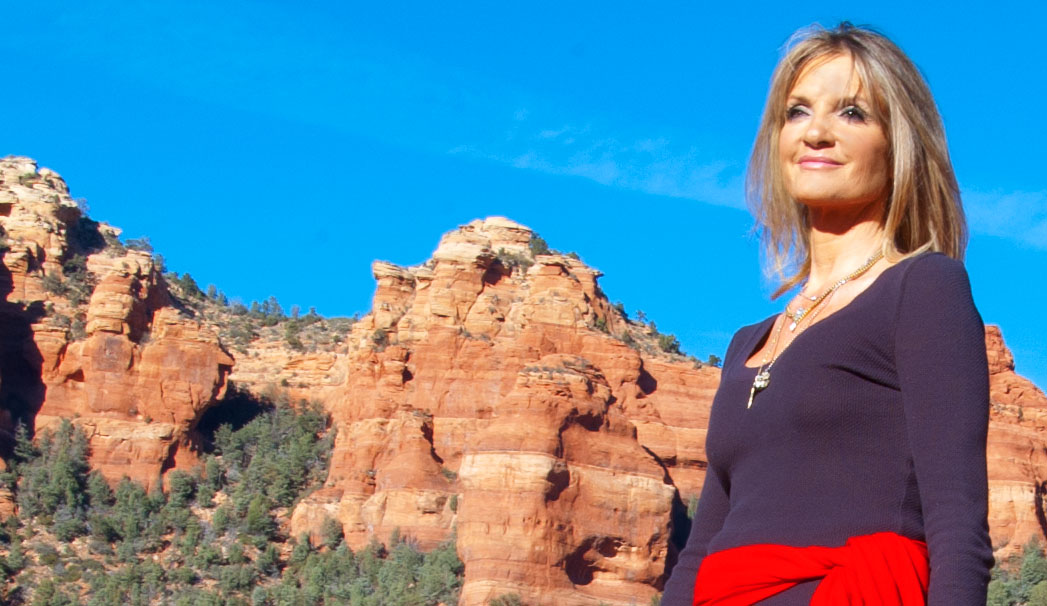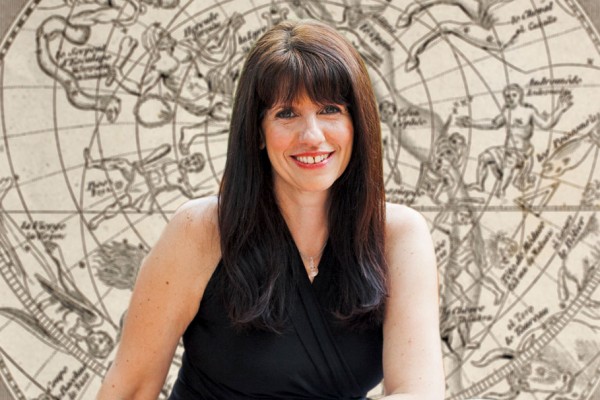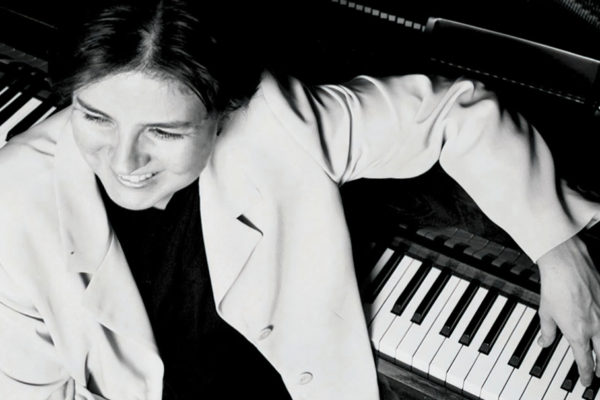Most Sedona histories name German-born Dadaist Max Ernst and American Surrealist Dorothea Tanning as the most famous artists to have ever lived in Red Rock Country. But for our money, that honor is owned by Orson Welles, the multi-tasking genius considered the single most influential filmmaker of the sound era, who lived with his third wife and his daughter, Beatrice, in Sedona for nearly two years in the 1970s.
We are proud to claim Orson Welles as one of Sedona’s own. In 1941, at age 25, he directed, produced, starred in and co-wrote Citizen Kane, widely hailed as the greatest film ever made. He went on to direct, write and act in a dozen additional masterful features before his death in 1985 (a few of which, unfortunately, he was never able to complete) including The Magnificent Ambersons (1942), The Lady from Shanghai (1947), Othello (1952), Touch of Evil (1958), The Trial (1962), Chimes at Midnight (aka Falstaff, 1965) and F for Fake (1973).
Orson Welles’ association with Arizona dates back to at least 1941, when he scouted locations in Tuscon for Mexican Melodrama, aka The Way to Santiago, his unrealized follow up to Citizen Kane. Today, his daughter, Beatrice Welles, still lives and works in Sedona. Beatrice, who as a child played a small role in Chimes at Midnight, her father’s favorite of his own films, is a passionate animal rights advocate and talented artist well known for her innovative handbag and fichu designs. She is also a controversial figure due to her ongoing fight to preserve her father’s artistic legacy. For our annual film issue, Beatrice sat down with Sedona Monthly to reflect on life in the red rocks with her father.
Sedona Monthly: How did your family discover Sedona?
Beatrice: We were visiting America from London, and my dad told us we should visit the Grand Canyon. Off [my mom and I] went. Of course, I believed everything my father said. This was in the ’70s, and the speed limit was 55. He told me if I went over 55 in Arizona, I would be put in jail. So here we are in this big car with no one on the roads, and I’m doing 55. It took us a month to do something that would probably take a week [laughs]. Somebody told us we had to see Jerome, but that there was nowhere to stay in Jerome, so we had to stay in a place called Sedona. We looked it up on a map and made a hotel reservation. It took me probably two hours to get down the canyon because I couldn’t see – it was a nightmare. We woke up to this amazing view. Nobody had told us. I was 20 – this was 1976. We toured the Southwest, but we kept on finding ourselves back in Sedona. We felt compelled to be here.
We went back to [Los Angeles] and showed my father 7,000 photographs. Sedona, Sedona, Sedona! We stayed in L.A. for about a month, and as we were packing to go back to London, my father said, Why don’t you pack for Sedona, find a house and we’ll live there. So that’s how it happened. It’s not surprising – that sort of thing happened a million times. He’d never seen Sedona, but he’d seen the photographs, and he saw that we were so happy. He wanted us to move to America anyway because he was working so much in the states. He thought Sedona would be a wonderful place, but it wound up not being a wonderful place because of the distance [between Sedona and L.A.]. He would get two days off, and it was two days to travel here. He was exhausted, but we all loved Sedona.
Where did you live while he was here?
We lived by the creek off Doodlebug Road until it flooded, and we were evacuated. It was such drama. After that, we moved to Sky Mountain Ranch to be as far away from the creek as possible. As much as we liked the creek, Sky Mountain was safer. We lived on Sycamore Road.




